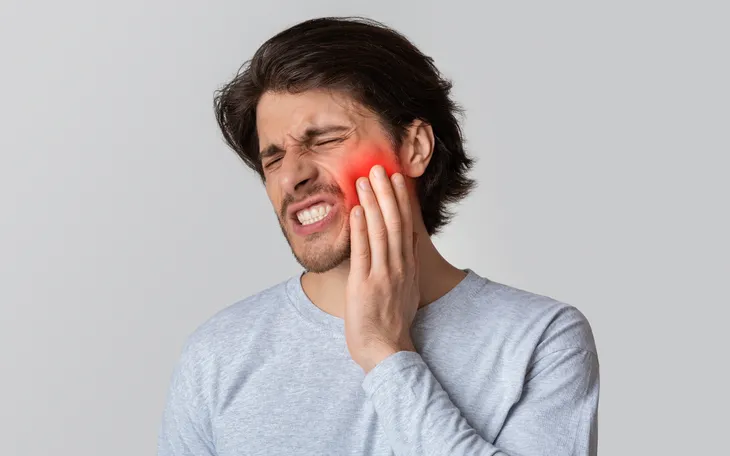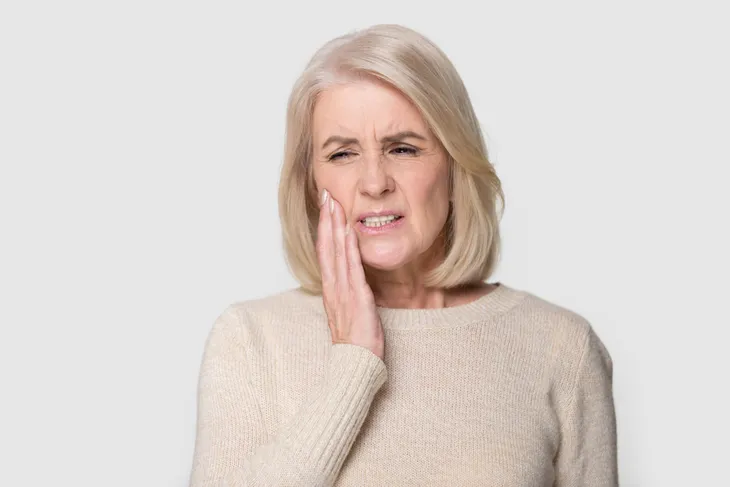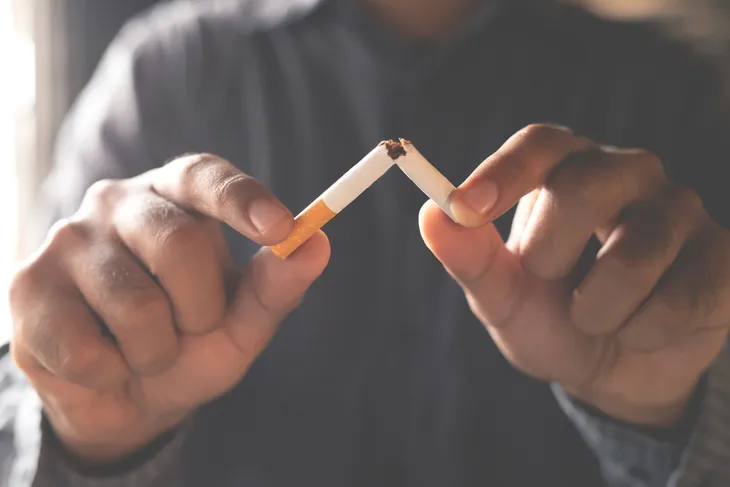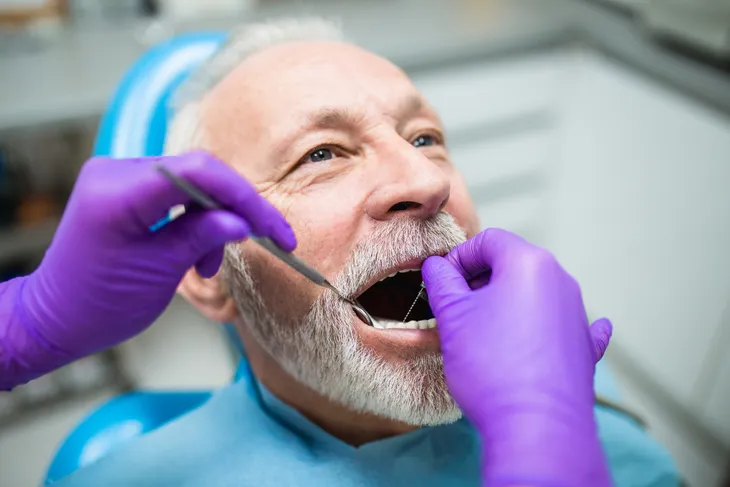Dry socket (alveolar osteitis) is a dental condition that can occur following a tooth extraction if the wound at the sight of the extraction fails to heal properly. While the condition does not usually result in serious complications, it is extremely painful.
Serious cases of dry socket can lead to an infection of the jawbone, though thankfully, this is incredibly rare. Most instances of dry socket can be cleared up quickly with the proper treatment. Of course, it is best to take steps to prevent dry socket from occurring in the first place.
How Does Dry Socket Develop?
When a tooth is extracted, a blood clot forms over the wound to act as a protective barrier during the healing process. Dry socket occurs when this blood clot breaks apart prematurely, dissolves, or fails to form properly in the first place. This leaves the nerve endings and bone in the empty tooth socket exposed, often resulting in acute sensitivity.
People who develop dry socket typically report severe radiating pain in the jaw or face at the site of the tooth extraction. There is also the risk that a gum infection or abscess will form because of food or bacteria entering the exposed tooth socket.
Signs and Symptoms of Dry Socket
The pain associated with dry socket typically develops two to three days after the tooth extraction. It may begin as mild sensitivity while eating or drinking, which gradually worsens over time.
Other symptoms of dry socket include:
- An unpleasant taste in your mouth
- Bad breath
- A feeling of the tooth socket being “open”
You can check whether you likely have dry socket by asking another person to look at the site of the extraction or by viewing it yourself in a mirror. A wound that is healing normally will appear dark red or brown due to the blood clot which has formed where the tooth was removed. If you can see what appears to be bone or an opening in the gum, it is possible you are suffering from dry socket.
Who Is At Risk of Developing Dry Socket?
Some people are more at risk of developing dry socket than others. For instance, the condition is more likely to occur in women than men. This phenomenon is thought to be linked to factors like hormonal contraceptives and the hormone fluctuations that occur during the female menstruation cycle.
People over 30 years old also have a greater risk of developing dry socket. This is because blood supply to the gums and jawbone density naturally declines with age.
Other major dry socket risk factors include:
- Smoking
- Previous infections at the site of the extraction
- Impacted wisdom teeth
How to Prevent Dry Socket
Dry socket can be prevented with appropriate action from you and your dental professional. Perhaps the most important measure you can take is to choose a dentist or oral surgeon who has plenty of experience with tooth extractions.
You can also minimize your risk of developing dry socket by:
- Not smoking, either temporarily (before the extraction and while the wound is healing) or preferably by quitting altogether.
- Talking to your dentist about medications which may interfere with the wound-healing process.
- Practicing good oral hygiene both before and after the tooth extraction.
- Taking care while brushing your teeth following the extraction. Vigorous brushing around the site of the wound may dislodge the blood clot.
- Limiting yourself to soft foods for a couple of days following surgery.
- Avoiding eating on the side of your mouth where the tooth was extracted for a couple of days after surgery.
- Avoiding rigorous exercise while the wound is healing.
- Following all your dentist’s instructions for recovery and proper care of the wound.
Your dental professional should take all possible measures to prevent dry socket and enable the wound to heal normally. This will include following all standard hygiene practices during the extraction. Additionally, they may choose to recommend:
- Antibiotics, especially if you have a pre-existing condition that compromises your immunity
- The application of a medicated dressing following the extraction
- Using an antibacterial mouthwash
How Is Dry Socket Treated?
The first step in the treatment of dry socket is to clean out the site of the wound. Your dentist will do this carefully to ensure the tooth socket does not contain food particles or other detritus.
Depending on the location of the wound and the severity of the problem, your dentist may also choose to pack the tooth socket with medicated gauze. This will minimize pain and discomfort, while helping to prevent infection.
Your dry socket should heal naturally if kept clean and dressed. It is likely your dentist will recommend regularly flushing out the tooth socket with salt water or an antiseptic medication once the dressing is removed.
Speak to Your Dental Professional
It is important to speak with your oral surgeon or dentist if you experience persistent pain following a tooth extraction. They may be able to recommend steps you can take to treat dry socket at home. If you are due to have a tooth extracted, follow the prevention measures outlined above to avoid dry socket occurring in the first place.









